About the power grid
Our power grid is a vast linear infrastructure of wires.
These many cables, carrying electricity to our cities and regions, are often affected by ice storms, high winds, and other environmental factors during winter—circumstances that can cause millions of households to lose power.
During these incidents, the institutions in charge of managing our networks must intervene quickly to correct the cables and restore power to users.
Often dangerous, these interventions can risk not only the lives of workers but also the safety of citizens. Unfortunately, to save time and money, employees may attempt to cut branches close to powerlines without assistance.
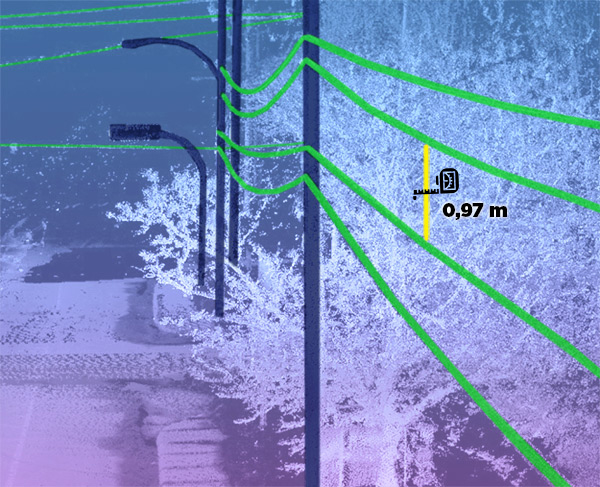
Risks for workers and citizens
Related issues
In both urban and rural areas, electrical installations pose dangers for technicians, tree trimmers, and any citizen within proximity to the power grid. Specifically, low-voltage overhead lines represent deadly risks related to electrocution, fire, and falling.
The CNESST identifies almost 600 cases of electrocution or burning by contact every year in working areas in Québec.
These cases relate mostly to mobile equipment—situations where workers must be physically close to the lines.
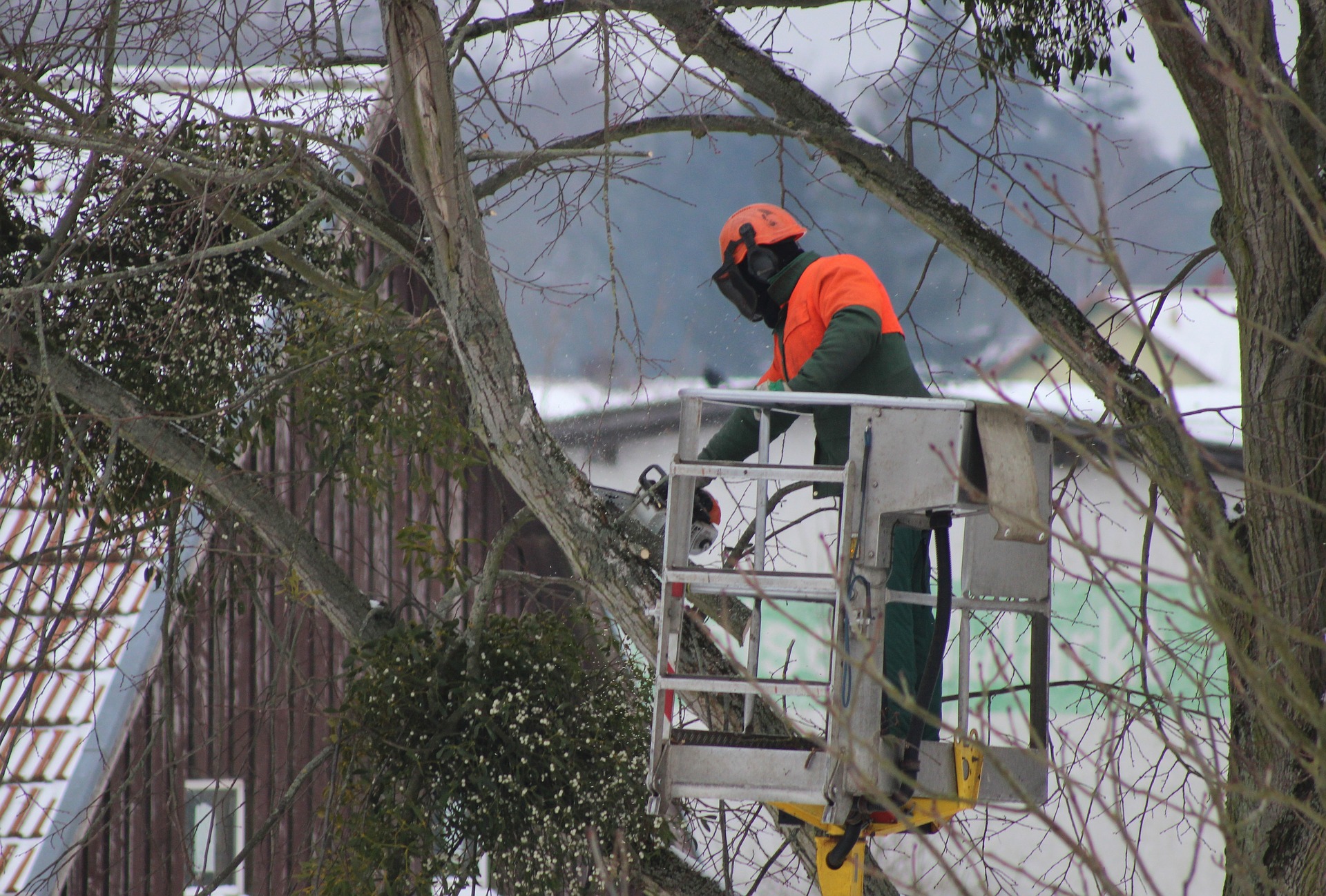
Vegetation: Have we lost control?
While our children were preparing to fill their Halloween bags, the province was experiencing severe winds, particularly on November 1, 2019. Exceeding 100 km/h, they blew over branches and trees, prompting blackouts in more than one million homes.
According to Hydro-Québec, 99% of failures result from trees or branches falling into a powerline. To minimize issues caused by vegetation, Hydro-Quebec is attempting to increase its trimming operations (it spent more than $73M CAD on this initiative in 2018 alone). Now more than ever, it’s crucial to provide new solutions for these upcoming operations!
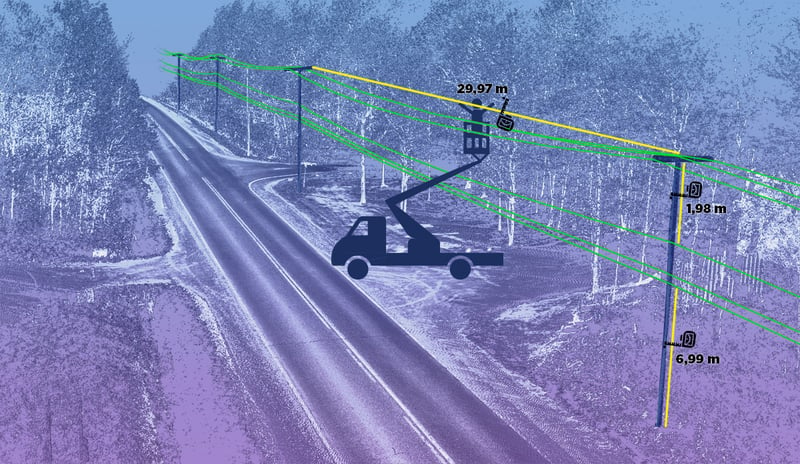
Huge management and maintenance costs
In April 2019, several trees fell due to ice accumulation, which was caused by strong winds and freezing rain.
During the incident, more than 315,000 homes lost electricity. The entire ordeal cost the Crown Corporation $14M CAD ($9.2M went to internal expenses and overtime work while $4.5M was allocated to infrastructure and construction related to vegetation).
Now more and more common, these weather-driven failures could be reduced with better planning related to vegetation and network management.
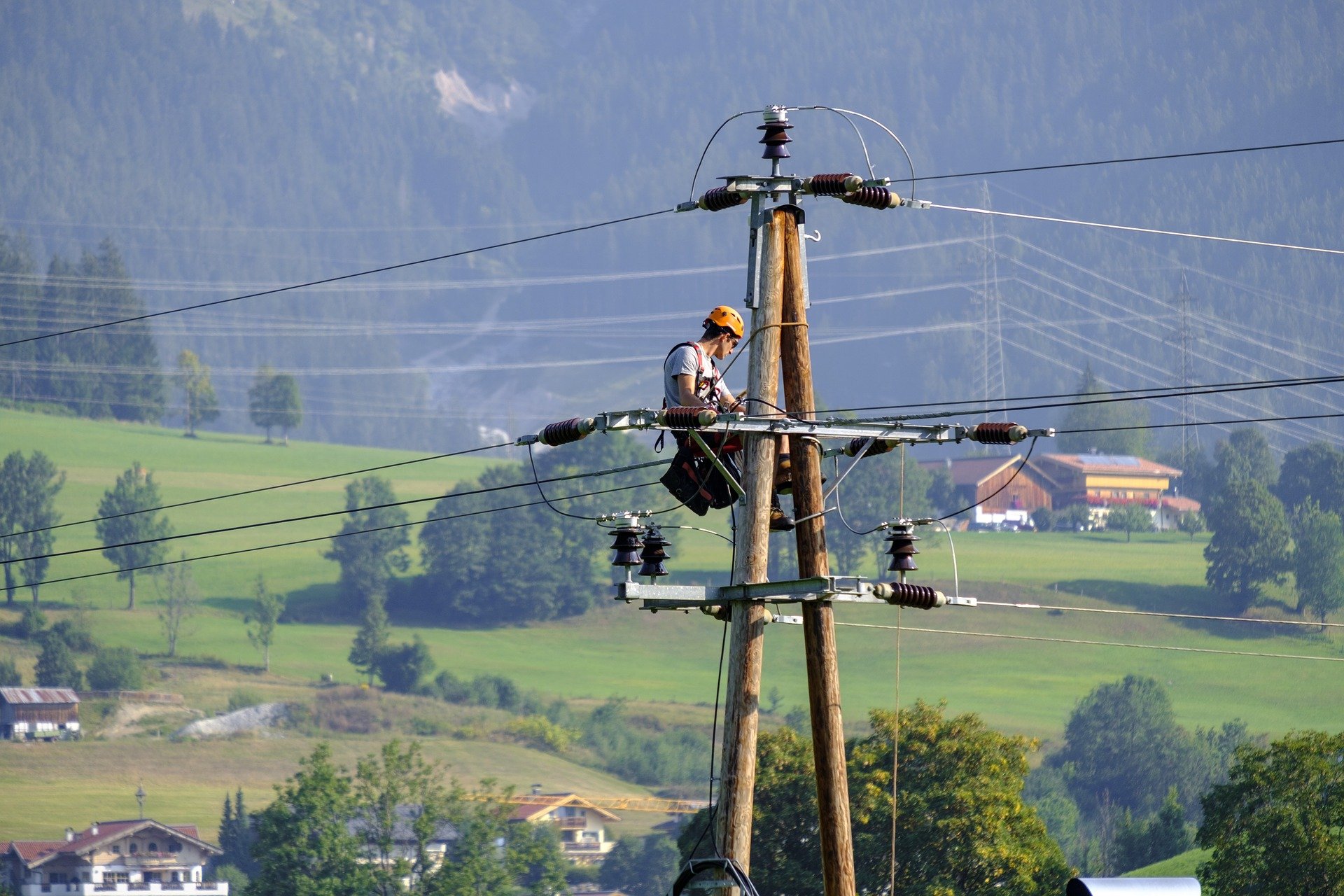
The solution: LiDAR technology, HD mapping, and Artificial Intelligence
Thanks to HD mapping (LiDAR), it’s now easier to prevent these kinds of incidents, thus avoiding serious injury and equipment damage. Thanks to AI algorithms, it’s becoming easier to forecast tree trimming operations. These technologies give industries a precise overview (down to the centimeter) of the distance between trees/branches and wires.
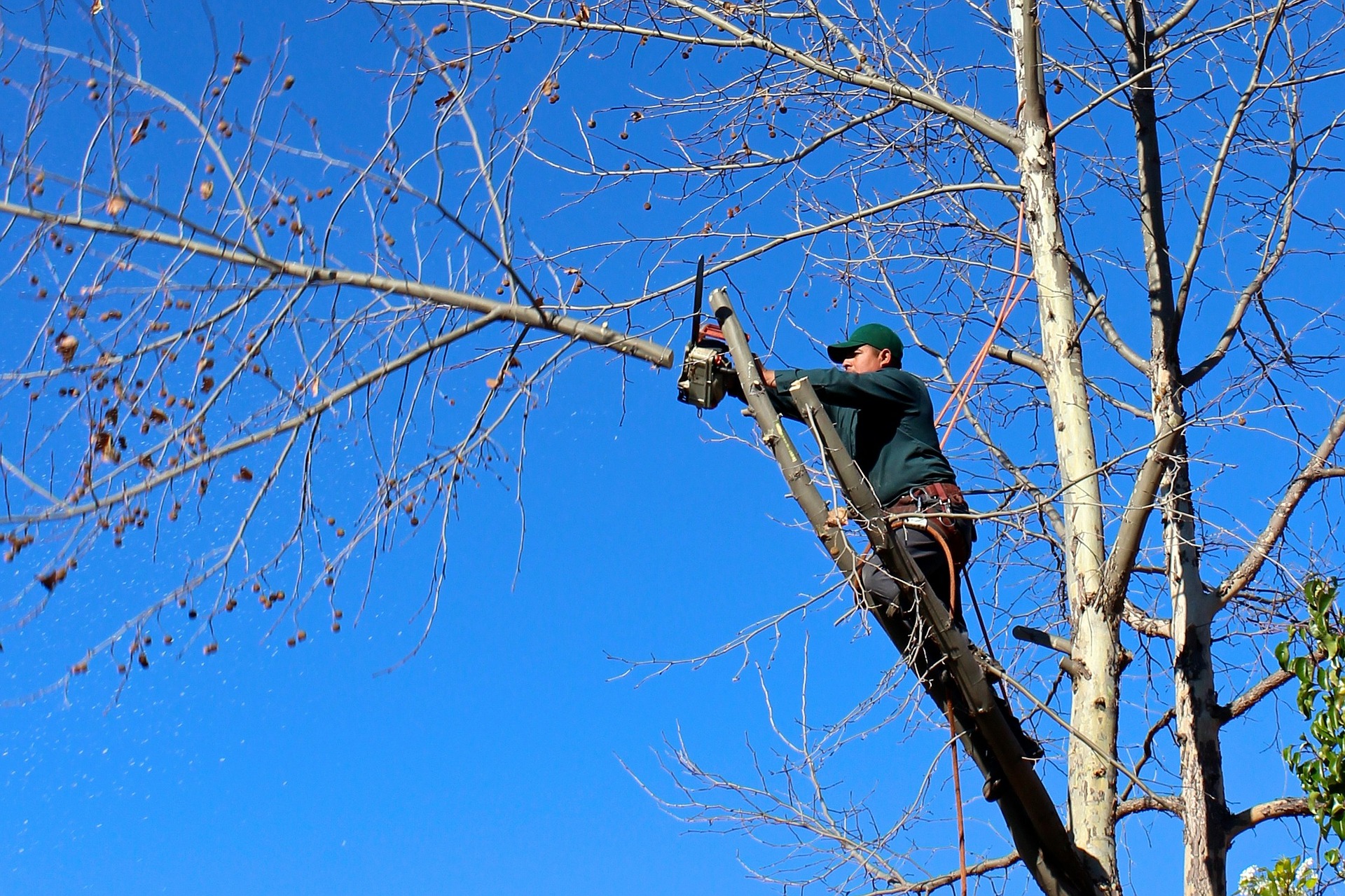
HD mapping also facilitates:
- The effective deployment of maintenance and pruning teams. Before even arriving at the site, workers have all necessary information pertaining distances between power lines, the presence of objects near the lines, line access, and more.
- Better management and a clearer understanding of network components thanks to accurate assets listing. Done remotely, it doesn’t even require you to leave the office.
- Visual automatization indicating the distance between vegetation and the network, down to the centimeter.
- Additionally, HD mapping anticipates growth according to the types of trees near the network.
Effective tools are now available to help us reclaim control of the vegetation near electrical networks.
Embrace these new technologies with Jakarto solutions—schedule a call with our experts today!



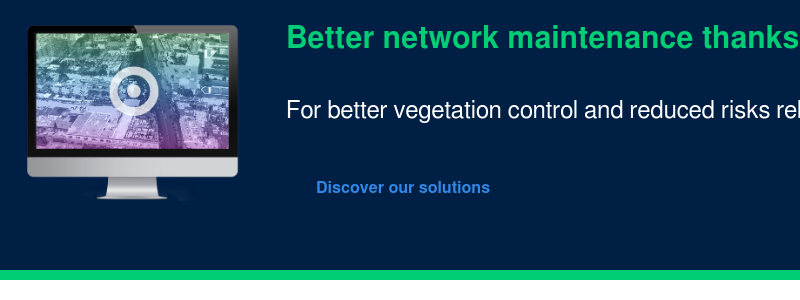
COMMENTS